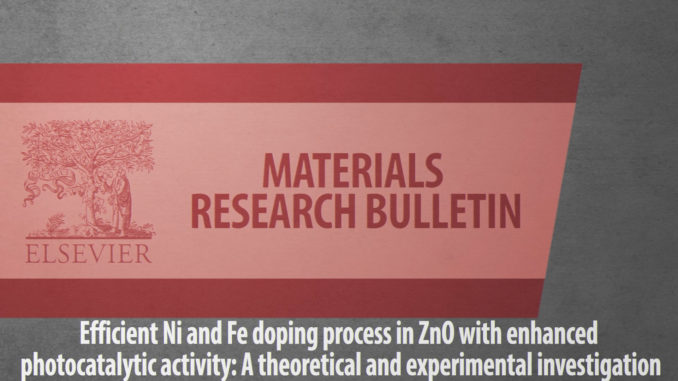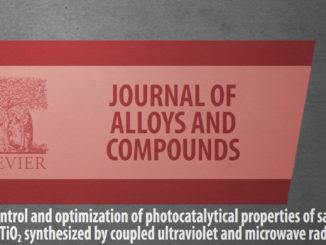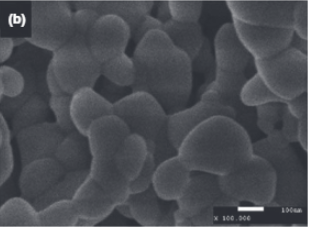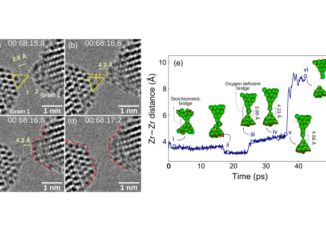
Efficient Ni and Fe doping process in ZnO with enhanced photocatalytic activity: A theoretical and experimental investigation
Abstract: Zn1-xNixO and Zn1-xFexO structures were synthesized by the microwave-assisted hydrothermal method. The best photocatalytic degradation of rhodamine B (RhB) and 4-nitrophenol (4-NP) were achieved by the Zn0.96Ni0.04O and Zn0.99Fe0.01O. The specificity of each dopant showed significance in the positions of the impurity energy levels, which ended up influencing the electron-hole separation and transport, as demonstrated by the photoluminescence emissions. The morphological analysis revealed that besides inhibiting the growth of particles, the incorporation of dopant ions into the ZnO lattice triggered a nucleation process, consequently changing their morphology. Density functional theory (DFT) calculations showed that the Fe3+ 3d orbitals generate energy levels below the conduction band (CB) while for Ni2+, the levels were found to be spread in a broad energy range above the valence band (VB). The synergistic effect of band gaps alteration, inhibition of electron-hole pair recombination and appearance of new trapping energy sites justifies the superior photocatalytic activity.
Author(s): Lemos, S.C.S.; Rezende, T.K.L.; Assis, M.; Romeiro, F.C.; Peixoto, D.A.; Gomes, E.O.; Jacobsen, G.M.; Teodoro, M.D.; Gracia, L.; Ferrari, J.L.; Longo, E.; Andrés, J.; Lima, R.C.
Materials Research Bulletin
Published: August 2022, Volume 152, 111849
DOI: https://doi.org/10.1016/j.materresbull.2022.111849
CDMF
The CDMF, hosted at the Federal University of São Carlos (UFSCar), is one of the Research, Innovation and Dissemination Centers (RIDC) supported by the São Paulo State Research Support Foundation (Fapesp), and also receives investment from the National Council Scientific and Technological Development (CNPq), from the National Institute of Science and Technology of Materials in Nanotechnology (INCTMN).




